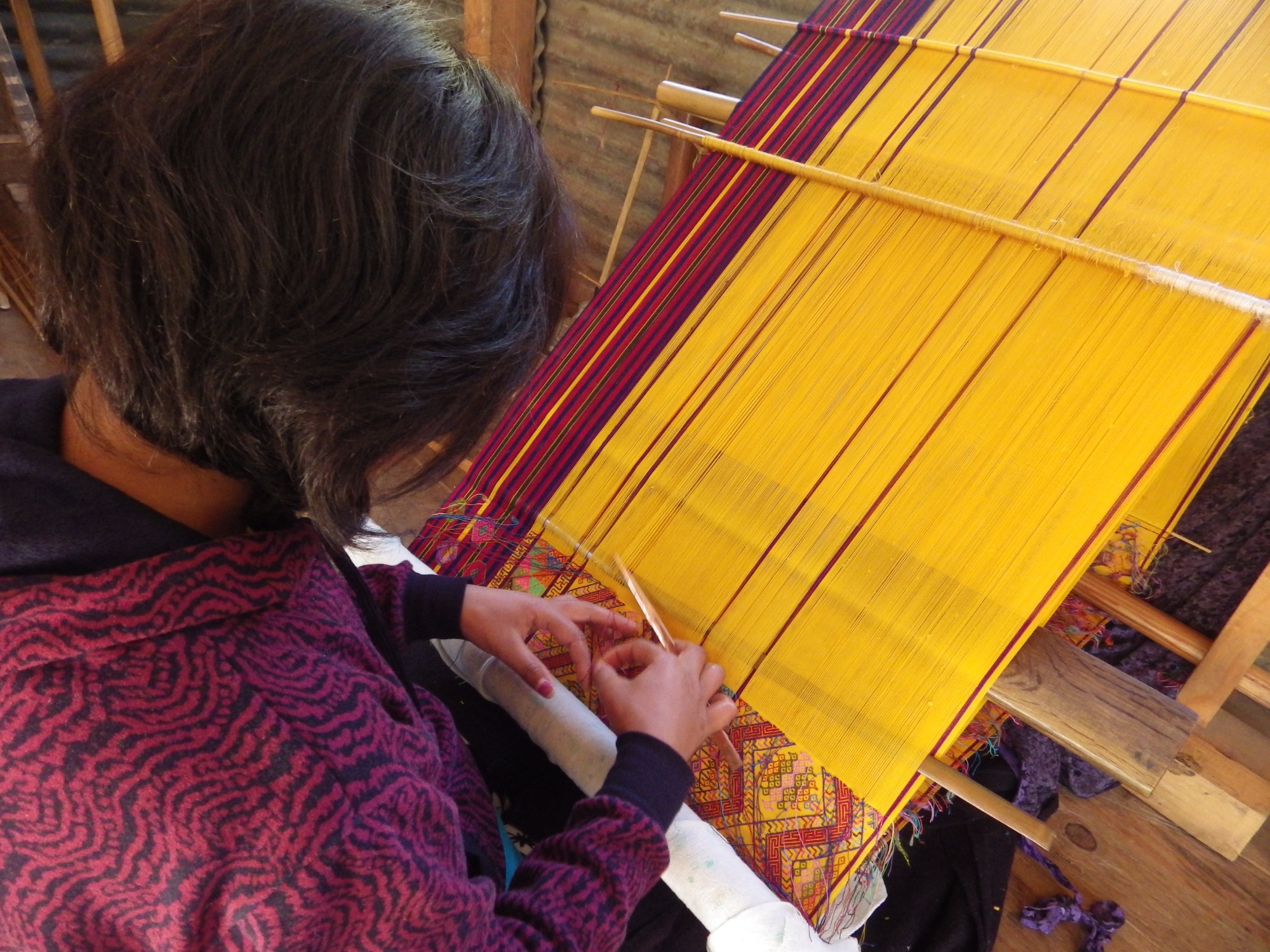The arts and crafts of Bhutan that represents the exclusive “spirit and identity of the Himalayan kingdom” is defined as the art of Zorig Chu sum. In Bhutan, the traditional arts are known as zorigchusum (zo = the ability to make; rig = science or craft; chusum = thirteen). These practices have been gradually developed through the centuries, often passed down through families with long-standing relations to a particular craft. These traditional crafts represent hundreds of years of knowledge and ability that has been passed down through generations.
The great 15th century terton, PemaLingpa is traditionally credited with introducing the arts into Bhutan.
Now these practices evolve and adapt through the new generations, but at the same time it preserves the internal and external spirituality—full of the sacred beliefs of this mystic and mysterious land—of creating a work of art from the past.
The National Institute of ZorigChusum, established in 1971, is located north of the city of Thimphu, and this is where the young learn every aspect of the portrayal of spiritual values in each of the crafts that embody the ordinary transformed into something sublime.
The thirteen traditional arts of Bhutan are:
De-zo
The origins of papermaking are deeply rooted in Bhutan and many sacred scripts have been written on this paper. It is beautifully elegant and practical, elaborated with extensive care to be extremely resistant, since it is termite and insect repellent.
The bark of the Daphne tree is used to make papers in Bhutan in their own traditional way. This craftwork has a deep root in this South Asian nation.
Do-zo
The Bhutanese form of masonry which still follows the ancient craft on stone is known as Dozo. Temples, dzongs, monasteries, many houses etc in Bhutan are typically made of stone. Stone is used in Dzongs, courtyards, walls houses, bridges, and Chortens, which are meant to keep religious relics inside.
Two finest examples of Bhutanese masonry are the ChendebjiChorten in Central Bhutan and the ChortenKora in Tashiyangtse in Eastern Bhutan.
Gar-zo
The art of iron-work is known as Garzo in Bhutan, manufacture of iron goods, such as farm tools, knives, swords, and utensils which started here during the 14th century. On the way from Paro to Thimphu, you can notice this art-form in the bridge over Paro Chu.
Jim-zo
Sculpture on clay is more ancient and these sculptures are characterized for their beauty and delicacy, hollow on the inside but full of meaning on the outside. It started long before the craft of bronze and other metals were introduced. These clay statues are widely found in each of the temple, monasteries and dzongs, especially in their walls.
Lha-zo
Bhutanese paintings are the portrayal of human beings and their interaction with nature and their beliefs. The colors of this craft can be appreciated in flags, tools, murals, frescoes, canvases, fabric, paper, wood, stone and much more.
All architectural pieces in temples, dzongs, and monasteries contain the works by master painters, called Lha Rips. The natural pigmented soils of different colors are used in these art-forms.
Lug-zo
During 17th century this bronze casting was introduced in Bhutan by Nepalese artisans. Casting involves a complex process that requires a lot of skill and masterfulness.
It actually spread when King ZhabdrungNawangNamgyal invited Newari artists to cast statues, water offering bowls, bells etc out of bronze.
Par-zo
The art of carving is known as Parzo. Mainly, three things are used for major carving –wood, stone and slate. It was introduced in the 13th century by various schools of Tibetan Buddhism.
The wooden masks used in Tsechus and the phalluses of various size are two excellent examples of Bhutanese carving.
Shag-zo
The Traditional Bhutanese art of creating wooden cups and bowls is known as Shag-zo. This craftwork used to be widely used before the usage of steel and brass started.
Shag Zopa are the master craftsmen of this Bhutanese art.
Shing-zo
Shingzo or the wood work has a very significant part in Bhutanese construction industry. Woodwork is the skeleton of Bhutan. A lot of care and skill goes into the construction of every building, bridge, temple, institute, palace, and Dzong.
Thag-zo

The art of weaving in Cotton, silk, raw cotton etc is known as Thag-zo. The art of weaving in the cloth differs on the various locations in this country.
Tro-zo
Art of Silver and gold smiting is known as Trozo in Bhutan. A master craftsman skilled in shaping beautiful ornaments is regarded as TroKoLopen work in gold, silver, and copper to make jewelry, ritual objects, and utilitarian household items.
Tsha-zo
Most of the forests in Bhutan are richly stocked with bamboos and canes of various species. Taking advantage of these abundant natural resources, Bhutanese people have mastered the skill of weaving cane and bamboo products widely known as TsharZo.
Tshema-zo
Tzhemzo or the art of tailoring is a popular art amongst the Bhutanese.
This art can be broadly classified as Tshemdrup, the art of embroidery.
